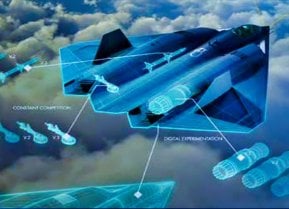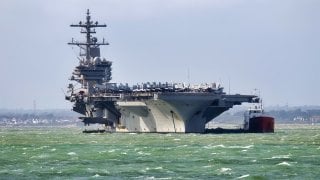U.S. Navy Aircraft Carrier USS Nimitz Is On the Comeback Trail
The USS Nimitz (CVN-68), the United States Navy's oldest nuclear-powered aircraft carrier, has returned to sea following a seven-month "planned incremental availability" (PIA) at the Puget Sound Naval Shipyard. This maintenance period involved extensive repairs and upgrades.
Summary and Key Points: The USS Nimitz (CVN-68), the United States Navy's oldest nuclear-powered aircraft carrier, has returned to sea following a seven-month "planned incremental availability" (PIA) at the Puget Sound Naval Shipyard. This maintenance period involved extensive repairs and upgrades.
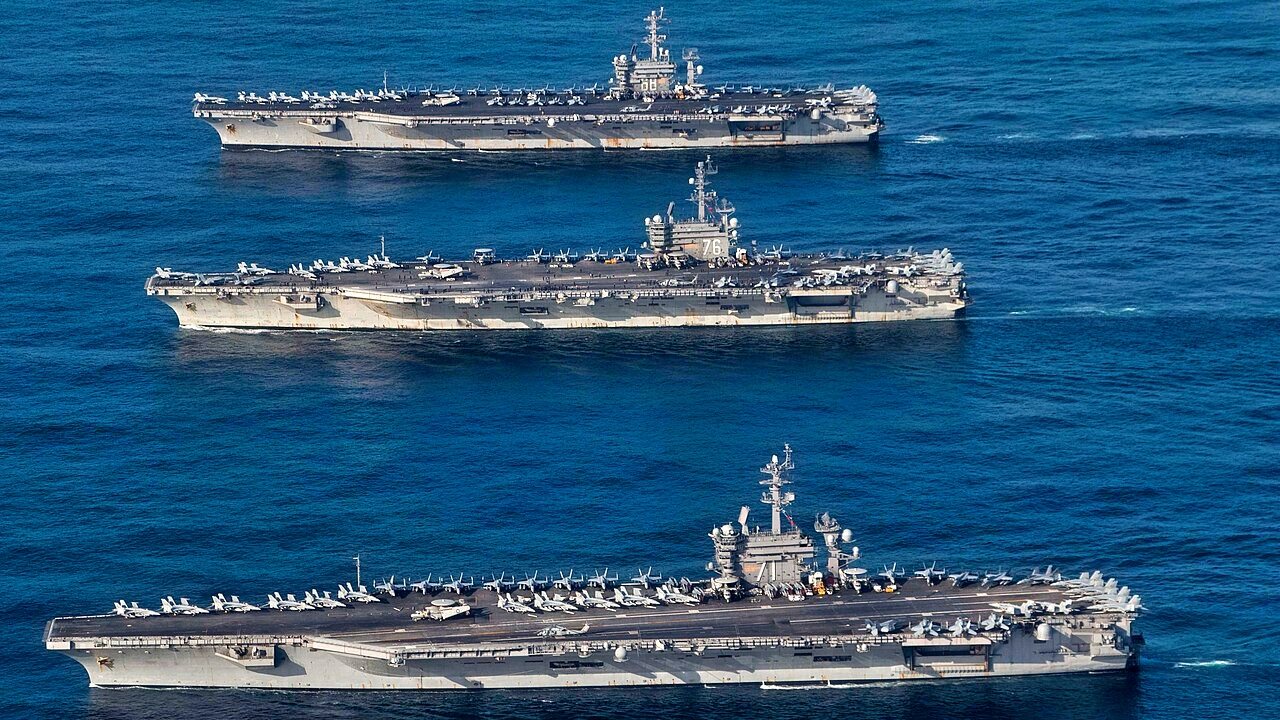
-The Nimitz, commissioned in 1975, completed one of the longest warship deployments from April 2020 to February 2021. It is scheduled for decommissioning in 2026, after which it will undergo a complex recycling process.
-Despite its impending retirement, the Nimitz remains operational and will continue to serve as a critical asset until its final deployment.
Historic USS Nimitz Embarks on One of Its Final Voyages Before 2026 Decommissioning
The end is coming for the United States Navy's oldest nuclear-powered aircraft carrier, but USS Nimitz (CVN-68) isn't done just yet. Following a seven-month "planned incremental availability" (PIA) at the Puget Sound Naval Shipyard in Washington, the supercarrier – led vessel and one of the 10 Nimitz-class carriers now in service – is back at sea.
CVN-68 returned to operation status on Friday following a few days of sea trials. This will be one of her final deployments, as the carrier is on track to be decommissioned in 2026.
Much More Than an Oil Change for USS Nimitz
USS Nimitz had last been deployed for seven months in the Indo-Pacific and had previously completed a historically long 340-day deployment that lasted from April 2020 to February 2021. It was one of the longest warship deployments since the Second World War, spanning nearly a year and some 99,000 nautical miles – during which time the crew endured COVID quarantines, yet, still successfully launched more than 10,000 sorties, and logged more than 23,000 flight hours around the globe.
The recent PIA began in January.
It might be easy to believe that after a deployment, the carrier would need to pull into port and could be serviced much like a car at a fast lube location for a quick oil change, or perhaps a "tune-up" at the local garage. However, a 100,000-ton warship's maintenance requires much more than a quick visit to the port. During the seven months, the vessel underwent dedicated maintenance that involved the ship's crew, civilian workers, and contractors.
"Through close collaboration, the project team and Nimitz leadership found effective ways to complete the work while fostering a 'one team, one fight' spirit between the ship's crew and the PSNS & IMF workforce," explained Steven Pugh, project superintendent for Code 368, which oversees much of the PIA work at the Puget Sound Naval Shipyard.
"Together, the PSNS project team and our private sector maintenance partners dedicated over 2,840,000 man-hours to prepare Nimitz and get her ready to be back in the fight," Pugh added, while noting the completion of the work on time was a priority for all involved.
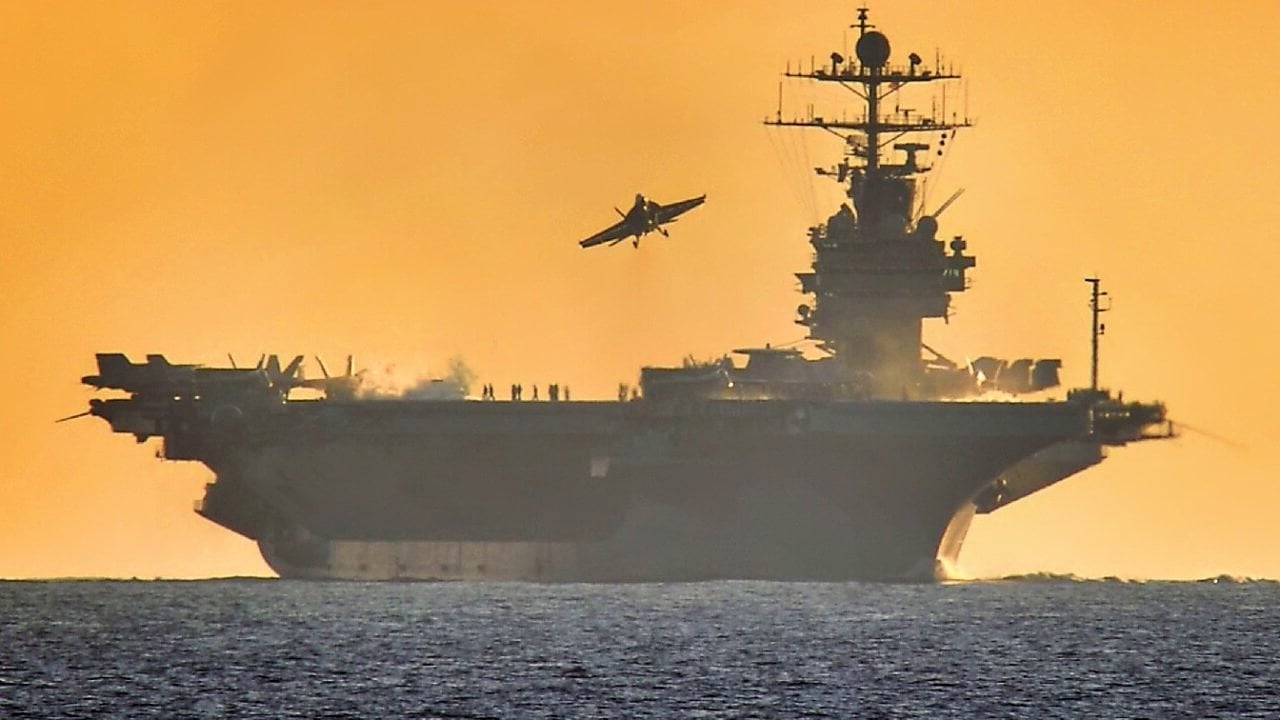
During the recent PIA, the warship underwent repairs to her flight deck and aircraft elevators, while berthing upgrades and combat systems were improved. Even though USS Nimitz is on track for retirement in the coming years, she is still essentially a floating airbase and home to literally thousands of sailors and marines – so minor enhancements will be made up until her final deployment.
"For the past nine months I had the opportunity to be part of a talented, dedicated, and patriotic Navy team all working together to conduct a challenging PIA. What's equally significant is that we're celebrating a longstanding relationship with a remarkable group of public and private sector maintenance professionals at Puget Sound Naval Shipyard," said Capt. Douglas Graber, USS Nimitz commanding officer. "Both the civilian contractors and the Nimitz crew worked tirelessly to ensure Nimitz is at peak condition. Thanks to their dedication, we're prepared to get out to sea and maintain a strong, professional presence wherever our nation requires us to be."
End of the Line Coming – Whether We Like It or Not
Commissioned in 1975, the carrier was named for the World War II hero Admiral Chester Nimitz. CVN-68 will likely be retired by the end of 2026, and start the recycling process that will involve at least three phases: inactivation, reactor-compartment disposal, and recycling.
It won't be a quick process, as it will involve the defueling of her two nuclear reactors, where the fuel is moved to a shielded transfer container, which will be shipped via a specially-designed container to the Naval Reactors Facility in Idaho. The reactors will be thoroughly cleaned, sealed, and removed and then sent to a Department of Energy (DoE) facility in eastern Washington.
Following those steps, any remaining parts from USS Nimitz that could be used on other carriers would be removed and prepared for usage for her sister carriers and those of the Gerald R. Ford-class flattops now being constructed. Parts of the USS Enterprise which is already in the recycling process have already found their way onto some Nimitz-class carriers. Thus the retired carriers will aid the fleet for years to come.
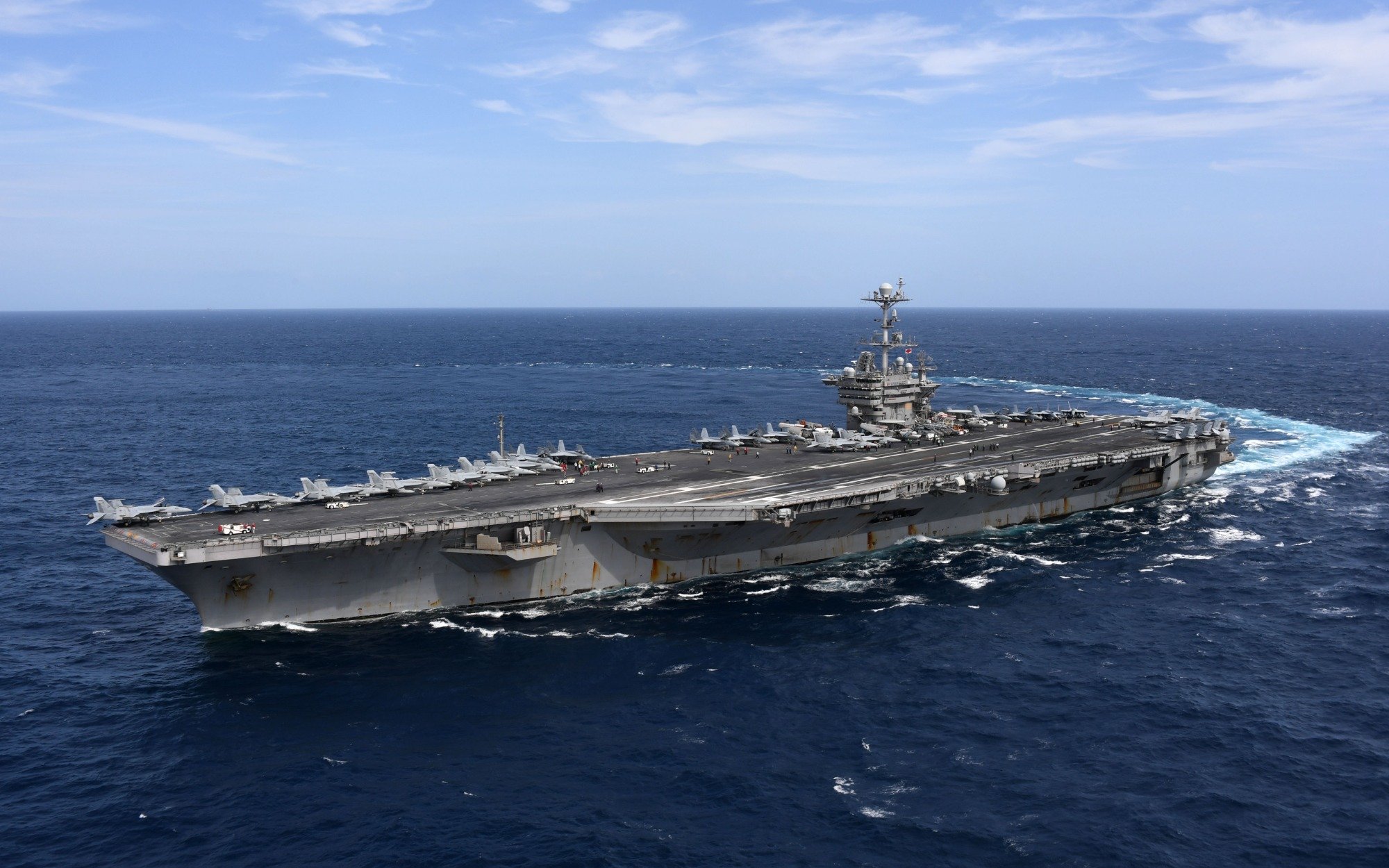
Author Experience and Expertise: Peter Suciu
Peter Suciu is a Michigan-based writer. He has contributed to more than four dozen magazines, newspapers, and websites with over 3,200 published pieces over a twenty-year career in journalism. He regularly writes about military hardware, firearms history, cybersecurity, politics, and international affairs. Peter is also a Contributing Writer for Forbes and Clearance Jobs. You can follow him on Twitter: @PeterSuciu. You can email the author: [email protected].
All images are Creative Commons or Shutterstock.
From the Vault
Russia Freaked Out: Why the U.S. Navy 'Unretired' the Iowa-Class Battleships
Battleship vs. Battlecruiser: Iowa-Class vs. Russia's Kirov-Class (Who Wins?)
